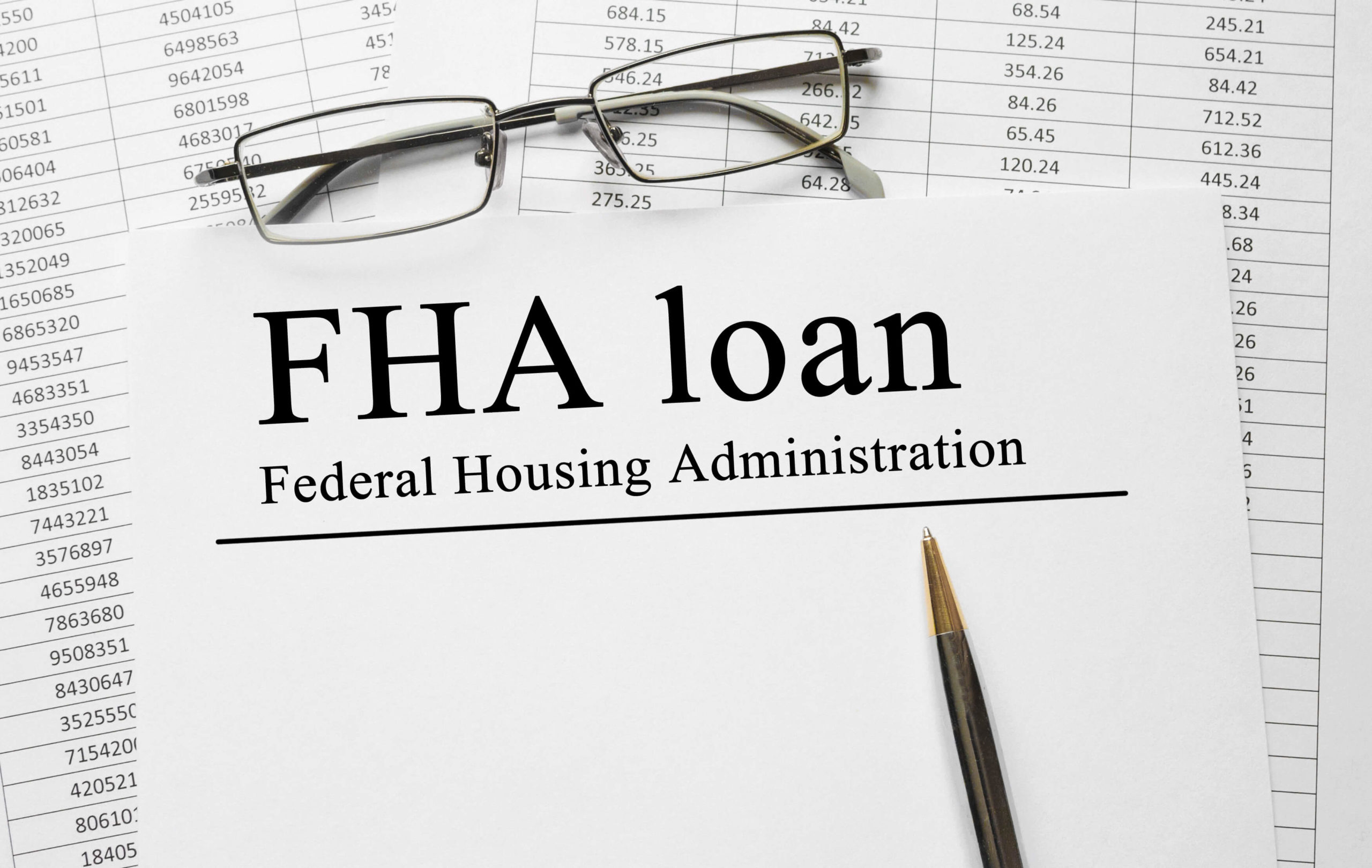
Save Up and Prepare to Buy Your First Home
April 20, 2023
After years of ups and downs in the real estate market, the American Dream of owning your own home has become more and more of a stretch. The game has changed, and for some, the idea no longer carries much appeal. However, for many, the idea of home ownership still has value and is a definite dream, if not a goal. Often, the dilemma is how to save enough money for a down payment while managing your finances, credit score and other financial roadblocks such as student loans or bankruptcy.
To save for the down payment and the dream, one must have a realistic plan, determination and a fair amount of patience. In this article, we’ll discuss some ideas for making a plan and saving enough for the down payment to make that dream an eventual reality. Let’s get started.
A. Detail Your Dream
The first step is to visualize, verbalize and validate your dream. This isn’t about anyone else. It’s about you and your dream. If you have no desire to own a house and you don’t want to be tied down to property ownership, this is not for you—at least not now. However, if you can honestly say that you really wish you could own a house, call it home and make it your own personal paradise, you have a dream, and that’s the beginning of a goal. Now, you need a plan.
What I’ve learned about dreams, goals and plans is that they can be fun to think about, but unless you have a fairy godmother with a magic wand, they won’t materialize unless you do something to make it happen. Depending on the size of your dream, it can take a lot of time and a lot of work, but you can make it happen with reasonable expectations. This applies to home ownership. There’s always a way.
Take your time to really think about your dream. Don’t copy someone else’s dream or home. Write down what you would like in a home.
- Where is it?
- What is it like to live in it?
- How large is it?
- Do you live there alone or with someone?
The questions are endless. Get a good picture of what would make you happy and what would make your life enjoyable and less stressful. The less stressful part might help you think in terms of affordable, comfortable living rather than dreaming of a rock star’s mansion.
Once you have drawn an accurate, detailed picture of the home, think of the probable cost of that home, in that neighborhood. Then, decide on the down payment you’d like to have to make the purchase. Most people will strive for 20% down which will lower monthly payments. It should also provide a better interest rate and savings on private mortgage insurance. When the time comes, you’ll look for an excellent mortgage lender who will help you decide on the best options. For instance, sometimes a 18% down payment can give you better results than 20%.
The down payment amount will be your minimum savings goal. If you decide to re-think your choice of home to make the numbers more realistic, second versions are often even better than the first. Aim for the home you will be able to comfortably live in and afford. The idea behind this exercise is to get a solid idea of what you are working toward. Now you can look at real estate ads or talk with a realtor to find out what that style of home would cost in today’s market.
B. Make Your Plan
With your dream in hand and a good idea of the purchase cost and down payment, you can now make a plan to get there. Think about your timeline. When do you want to buy the home — in 7 years? by your 35th birthday? etc. To get a better idea of what is practical for you, divide the desired down payment by the number of years. That’s what you would need to save each year — with one major exception.
The exception is to add a cushion. These extra dollars may be needed for closing costs, maintenance, renovations, insurance, taxes, furniture, etc. Once you are determined to make this happen in a specific length of time, you will include money-saving ideas and possibly lifestyle changes that will support your plan. If you have daily reminders, like pictures of your dream home, expense tracking, a goal board, etc., it will be easier to stay on track.
I. Money-saving Lifestyle Changes
People can get creative when they have a goal that is meaningful. They are determined to get there within the set time, and they adjust their lifestyle and habits to ensure results.
Two methods that work are to increase your income and cut back on expenses. Here are some ideas that have worked for others and might work for you.
II. To increase income or create multiple streams of income:
- When you receive extra money in the form of a raise, bonus or larger commissions, tax returns or gifts, save that money for your down payment.
- Save wedding, anniversary or birthday money.
- Work overtime, get a second job or a part-time job.
- Find out what experience or education you need to be promoted, then make a plan to get it.
- Ask for a raise by providing documentation of what you are doing to warrant it.
- Look for a new job with an employer offering higher pay and better benefits.
- Turn your hobby into a second income.
- Teach a class through community education.
- Join forces with a small business owner to conduct a workshop.
- Open an online Etsy store; sell on eBay; sell your craft items online or at craft shows; sell clothes and accessories on Poshmark.
- Organize a neighborhood garage sale weekend.
- For couples, live on one income and save the other income (or as much as possible).
III. To save on expenses:
- Move back in with parents, or with a sibling or friend, to save on monthly rent.
- Rent a less expensive apartment so you can save more each month.
- Find a long-term house sitting job so you can rent your space or give it up entirely.
- Get an apartment caretaker position with apartment rent included.
- Cut down on luxuries and name-brand products (understand your wants vs. needs).
- Buy things on sale or clearance (only when you really need them).
- Take in a roommate so you spend less on rent and utilities.
- Save on energy bills by being aware of your usage and adjusting your habits.
- If you can rent your current space as an Airbnb for occasional weekends, set that up.
- Save by carpooling, taking a bus, riding your bike or walking.
- Clip coupons and buy at consignment shops, thrift shops and garage sales.
- Ask for discounts and reduced rates or switch to another provider for services.
- Evaluate hair, nail and massage services for ways to cut back.
- Keep your car rather than buying a new one. If well maintained, they last a long time.
- Sell your car and buy a less expensive model that is dependable and less costly to maintain.
- Cut back on your cable package or subscriptions you no longer need or use.
- Shop for a less expensive phone and pricing plan.
- Save fitness club expenses by dancing, swimming, playing a sport with friends, walking, and working out at home with the help of exercise programs and cheap equipment.
- Plant a garden to save on fresh fruit and vegetables.
- Inventory your groceries and stop buying unhealthy food and snacks.
- Cook healthy meals at home; eat out less often.
- Make your entertaining potluck instead of providing everything yourself.
- Use your special skills to barter for another skill that isn’t your forte.
- Cut back on your excess spending: vices, travel, entertainment, expensive hobbies.
- Evaluate and track every purchase. Is it something you really need?
These ideas are a good start, and you’ll find other sources of income or ways to cut expenses once you focus in on it. It can be challenging, yet fun and encouraging, when you see the results!
C. Manage your debts and savings
If you have credit card debt, request a reduction in interest rate, then pay it off as quickly as possible to save on the interest. One good method for paying off credit card debt is to pay off the smallest balance first, then the next highest, and so on, until all are paid off.
Another method is to pay off the card with the highest interest rate first. It will be easier to reach your down payment savings goal once the credit card debt is gone, and it will help when qualifying for your mortgage loan.
Keep up with your regular savings account for those emergencies or larger expenses that come up along the way. It might be unexpected medical or dental bills, new tires for your car, etc. Having money saved for these types of issues will reduce future stress.
This could also be your slush fund that will help you once you move into your new house. There are always additional costs like appliance repair, roofing, landscaping, etc. Some experts recommend having a cushion to cover expenses for 6 months. You can work up to that over time.
In the meantime, keep up with your retirement savings plan. Be sure to take advantage of any matching programs your employer may offer. That is free money on the table; don’t miss out on it. Your financial advisor can advise you on strategies for your 401(k) plan and other retirement options.
D. Keep your eye on the prize
Knowing your goal and destination and having constant reminders will help you stay focused. Continue to save monthly and if something gets in the way, manage that and get back to your plan as quickly as possible.
Have a set amount of money deposited automatically from your paycheck to the down payment savings account each month. Automatic deposits hurt less because you aren’t as aware of the perceived loss and aren’t as tempted to use that money for something else. Be sure to set this up. It will help you achieve steady results. You’ll be even more motivated when you see the savings balance continue to increase.
Where do you keep the money you’re saving for the down payment? If your timeline is relatively short, it would be wise to use a traditional savings account, certificate of deposit or money market. Don’t use a risky program since you want the money to be there when you’re ready. You can ask your financial advisor about this as well. There are other investment options if the waiting time is lengthy.
Finding and buying the right home is an exciting task that takes a lot of planning. Being clear and realistic about your goals and timeline will help you put a plan in place to save for a down payment. There are many ways to cut back on expenses and boost your income and savings. You’ll find even more ways when you are focused on your dream of home ownership. A support team can also keep you on track. Ask for advice from your realtor, mortgage loan officer and financial advisor.
If you have enjoyed this article and gained motivation to set your goals and start saving, please share it with a friend who might also benefit. Thank you!
Recent News

Superior Mortgage is still running at full capacity!
April 25, 2023

Most Important Steps To Buying A House
April 20, 2023

What to Know About Jumbo Loans
April 20, 2023

Understanding Your FHA Options
April 20, 2023

How to Prepay Your Mortgage?
April 20, 2023

Things Needed For Pre-Approval
April 20, 2023

